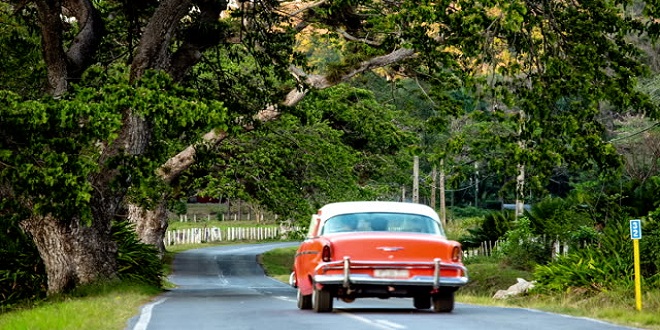Photography on the road

All of the travel planning and research, all of the buying, practicing, packing, protecting, and lugging of your gear culminates in the moment when you actually get out your camera and start shooting. This is what it is really all about. This is the moment that drives travel photographers and what makes all of the other stuff worthwhile. The world is alive with possibilities and your next shot could be your best ever.
As a dedicated travel enthusiast, these moments of capturing unique experiences become the fuel that ignites the passion for exploration and discovery.
Traveling companions
When things are going badly – sometimes due to the light, circumstances or just because I am not performing – then, frankly, I am not a pleasant person to be around. When things are going well, and I am capturing pictures seemingly without effort, interacting with locals and shooting great portraits, then I am euphoric! This is why it is often better not to travel with a non-photographer.
They will not be able to understand the interminable waits for the light to be perfect, the moments of frantic action following long bouts of torpor and just why you have to climb that hill three times to see the sunset because the light might be different each time, not to mention the crushing lows and soaring highs of being a photographer on the road.
Establish a routine
You can add to your chances of success by following a routine when you are away. I will admit here to very occasionally heading out for the day without spare memory cards, batteries, and, in one really embarrassing case, without a camera in my bag, but I don‘t recommend it! In general, my routine is always to pack the next day’s bag before I go to bed. I might check or change something in the morning, but I need to know that, if I just run out of the room in a pre-coffee haze, I will have a full kit that can last me for the whole day.
Get ready for action
I use a blower brush first and then wipe them using a microfibre cloth, if necessary. Remember to check the elements at both ends of the lens. It is also worth checking the day’s images on a laptop to look for problems with equipment or technique.
Packing the day bag is vital. In mine, I can fit a camera body and four lenses, as well as a flash, converter, polarizing filters, graduated filters, spare batteries, and memory cards. I also pack a small backpack for myself containing a hat, sunscreen, snacks and water, and maybe an overspill of camera stuff, such as a flash diffuser and, possibly, a couple of specialty lenses, like a macro and a fish-eye. This way, I can just grab the bags and a small travel tripod and head out.
I always have spare equipment with me on my travels but, generally, I leave this at my hotel. This means that I am not carrying too much with me and I have a complete spare kit if I lose my day bag. If I don’t have a safe place to leave things or think I might need more of my kit, including both camera bodies, then I take everything with me in a backpack camera bag. Sometimes I also wear a photographer’s jacket or lens pouches so that I don’t have to keep taking the backpack on and off.
Read More: BestBusinessTimes

